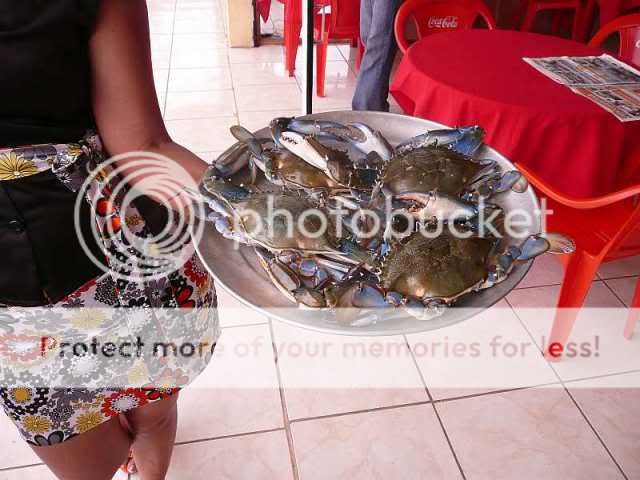There must be something in the Blogger’s Manifesto about reporting what you’re reading, because so many bloggers do it. And there’s even a widget that goes in one’s sidebar containing lists of one’s latest adventures in literature. I might get around to it one of these days. Meantime, how do you like the new map? BOOKS IN THE BAG
BOOKS IN THE BAG
Most of my books come from trading, and aren’t necessarily what I’d chose if I were turned loose on Amazon or in the Strand in New York City. One of the first things you learn when approaching a swap is Don’t Put Out Your Best Stuff Right Away. Otherwise you’ll end up with Wilbur Smith’s schlocky African adventures in a very uneven exchange for Paul Scott’s elegant Raj Quartet, as once happened to me.
Also, never travel to another likely book exchange location, such as other marinas and backpacker hotels, without a spare trader book or two in your bag. Finally, watch out for bugs. Seriously. Silverfish, ants, even cockroaches come out of other people’s books.
So I keep my eye out for likely ‘good readers’- they’re not always women- and I bait them with something choice. I watch for New York Times Notable Books of the Year, anything published by Picador, most of Vintage, plus the usual Pulitzer, Mann-Booker etc prizes.
Recent good reads include Out Stealing Horses (Per Petterson), Curious Incident of the Dog in the Night Time (Mark Haddon), Queen of the Tambourine (Jane Gardam), White Tiger (Aravind Adiga), and My Dream of You (Nuala O’Faiolan). You wouldn’t know from this list that I usually go for non-fiction and essays, but that’s the trading life.
Sometimes I have trouble passing books on, thinking I would rather read a good book twice than a lesser book ever. However another of my favorite books, Clear Your Clutter with Feng Shui (Karen Kingston) tells me that no good new ones can come if there is no space. Also, I’ve seen books described as items with high value which diminishes into low value once they’re read.
Just as rainy season ramps up and I finished a consuming project (income tax), I have scored a wonderful bag of very promising books from another discerning reader. So when I’m not sanding, sewing, cleaning, cooking, washing, writing, sleeping, travelling or trying to get organized, I’ll have something to do.
Which brings me to my current read The Island That Dared, by Dervla Murphy. If you think of going to Cuba, or wonder what it is like now, before the barriers become ever more porous, I would recommend this book. COVER
COVER
Dervla (I feel like I know her, would like to!) has been travelling for decades, to the less-frequented corners of the globe. (Her tips to travellers, in a recent Guardian interview, were: locate a pack animal, and a single pre-pubescent child of either sex, to travel with, and don’t go anywhere other people go. She’s been to Cameroon, Turkestan, Siberia, and decades ago, to Afghanistan.)
She did a lot of walking in Cuba, especially considering that she is in her 70s. She likes a lot about the politics there, and reports that many Cuban people do too. “Capitalism Rampant” is the scourge of the earth, she suspects, so she offers a point of view that will certainly be unaccustomed to many Americans whose news and views have been diametrically skewed for some time. She thinks Cuba may in many respects be a model for a post-oil, economic-bust, more environmentally-friendly economy.
Another ripple in the waters is the Amazon Kindle, two of which have recently landed here. Normally, an e-book reader requiring a US address to download new material would not be an option in Guatemala. However this marina’s internet service comes via satellite in Missouri. So our beta testers are sussing it out.
I don’t think it’s for me though, in its present incarnation. For one thing, it costs $$$, and for another, I rather like meeting with my fellow readers, and the randomness of what comes to hand. Also, here’s a link to a New Yorker piece about the Kindle by Nicholson Baker, who once turned a five-minute escalator ride into a great 150 page book, The Mezzanine. http://archives.newyorker.com/?i=2009-08-03&email-analytics=newsletter090803p024#folio=024
Having finished Dervla, I’m now reading Tales From the South China Seas, about the British in Southeast Asia, which once was owned by someone who lived in Kuala Lumpur, and who has translated Malay words in a finely formed script at the bottom of the pages.
















